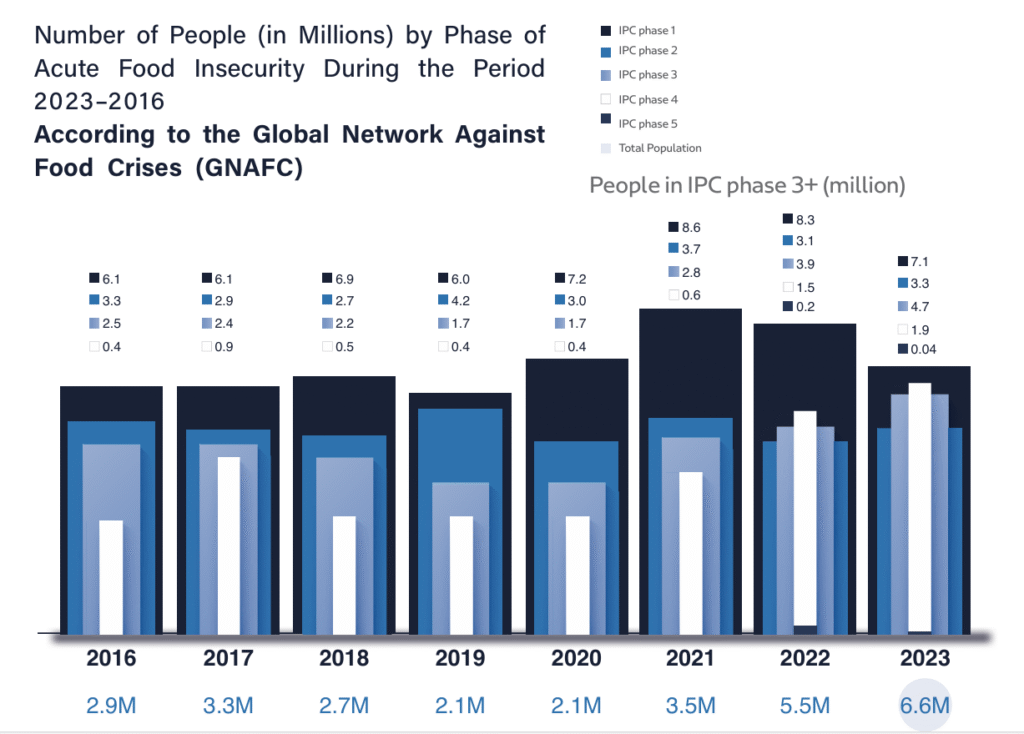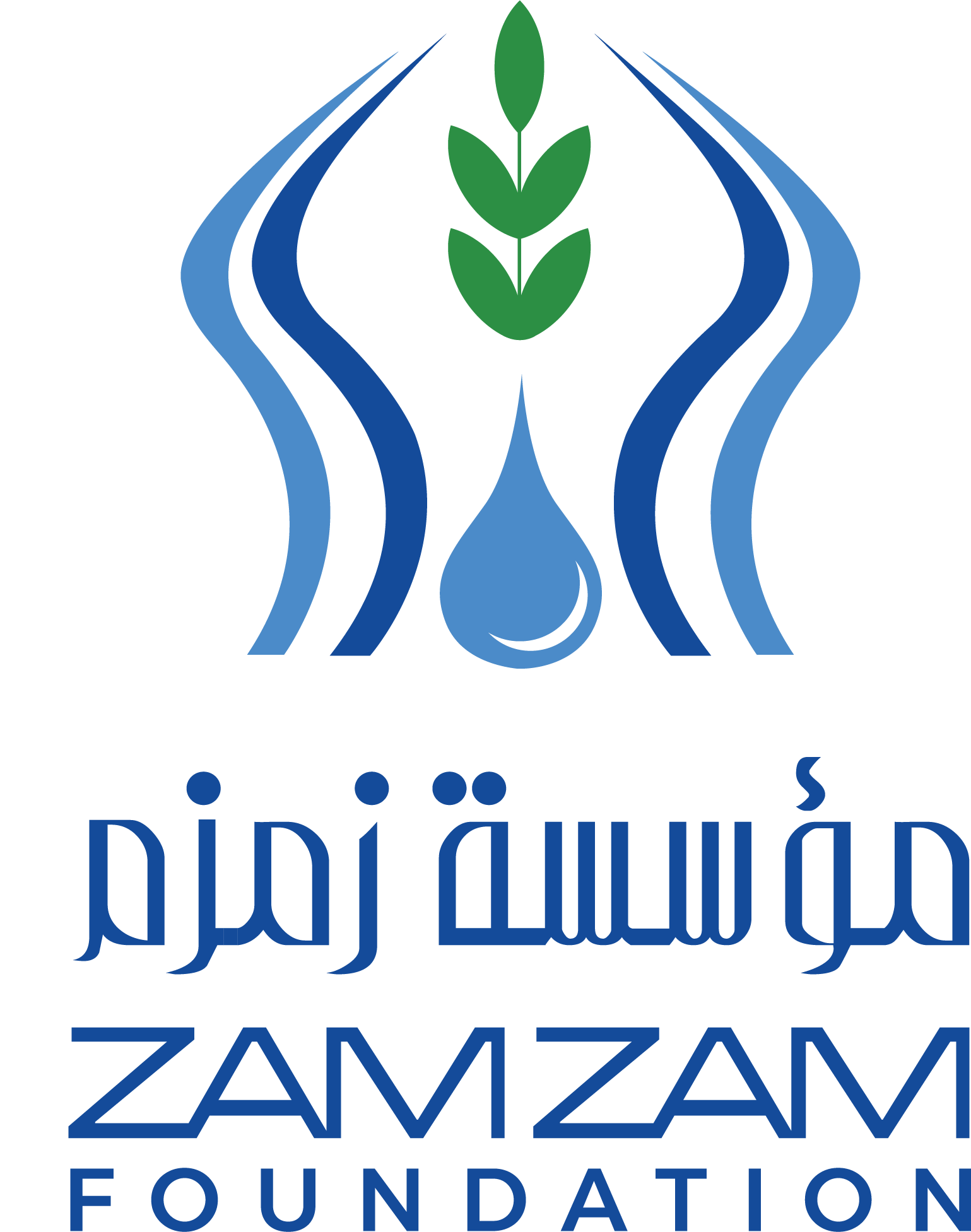introduction
Amid decades of compounded challenges Somalia — from chronic humanitarian crises and the devastating impacts of climate change to institutional fragility and a collapsed infrastructure — Somalia faces a complex and evolving reality that traditional relief efforts can no longer adequately address. This conference is convened as a transformative platform to accelerate the shift from short-term humanitarian responses towards sustainable development pathways. These pathways will be anchored in innovation, modern technologies, and multi-sectoral partnerships.
The event aims to launch actionable initiatives, forge strategic partnerships, and develop a national roadmap to transform crisis response mechanisms in Somalia. This new approach will bolster resilience, drive economic growth, and improve the overall quality of life for Somali citizens.
Through high-level dialogue sessions, interactive workshops, and results-oriented discussions, the conference will lay the foundation for a new Somali model — one driven by investment in human capital and technology, and guided by a unified, forward-looking vision.
Conference Objective:
To accelerate the transition from emergency humanitarian response to sustainable development solutions by fostering effective partnerships and leveraging international best practices and advanced technologies.
Somalia
Somalia is strategically located in the Horn of Africa, possesses the longest mainland coastline on the African continent, stretching approximately 3,333 kilometers. Its position at the crossroads of the Indian Ocean and the Red Sea gives the country significant geopolitical importance along global trade routes. With an estimated population of 18.3 million and an annual growth rate of 3.1% as of 2023 (according to World Bank data), Somalia has a predominantly young population, representing a vast reservoir of human potential. The country is rich in natural resources — most notably in its livestock sector, which is one of the largest economic contributors to the national economy, engaging nearly half of the population. Livestock serves as a primary source of GDP and foreign currency earnings, second only to remittances. Somalia receives approximately USD 2 billion annually in remittances from its diaspora, representing around 23% of the country’s GDP, according to World Bank reports. Despite this significant inflow, the per capita GDP remains low—approximately USD 597.5—highlighting the country’s ongoing economic challenges. In the education sector, only 21% of children are enrolled in primary school, and just 3% in secondary school, based on 2023 World Bank data. These figures underscore the urgent need to expand access to education. In the health sector, less than 30% of the population has access to basic healthcare services, due to infrastructure limitations and underfunding, according to the World Health Organization (WHO, 2021). Life expectancy in Somalia was estimated at 54 years in 2021, well below the global average of 71.4 years. Environmentally, Somalia faces severe and persistent challenges. Approximately 6.6 million people are experiencing acute food insecurity, driven by prolonged droughts, recurring floods, and ongoing conflict. Despite these adversities, the Somali government—working in collaboration with international partners—is making concerted efforts to enhance stability and promote sustainable development. These efforts are gradually creating new opportunities and laying the foundation for a brighter future for the next generations.
Our Impact
The impact we have made in our community
We have played a vital role in improving lives in Somalia and beyond. Through our humanitarian efforts, we supported millions facing food insecurity, helped bridge critical gaps in healthcare and education, and strengthened partnerships for sustainable development. Our mission is to respond to urgent needs while creating lasting positive change for vulnerable families.

Somalia : Realties, Challenges, and Oppotunities
- Complex Challenges and Humanitarian Situation : Somalia faces a multitude of overlapping crises including prolonged conflict, mass displacement, and environmental shocks such as droughts and floods which have strained humanitarian response efforts and increased reliance on external aid.
- Youthful Population and Demographic Potential : Nearly 45% of Somalia’s population is under the age of 15, highlighting a vast reservoir of untapped human potential. Effectively engaging this youth segment through targeted economic and development programs could serve as a driving force for national renewal.
- Structural and Governance Obstacles : Somalia’s governance structures remain fragile and are marked by limited transparency and accountability, compounding political, security, and climate-related challenges. These obstacles restrict the effectiveness of development policies and limit the country’s attractiveness for foreign investment, despite its rich natural resources.
- Future Opportunities and Digital Transformation : Despite ongoing hardships, Somalia shows significant development promise. Opportunities lie in leveraging its abundant livestock and marine resources, expanding agricultural value chains, and embracing digital transformation to enhance financial inclusion. With determined political will, strong coordination, and innovation, Somalia can realize its development ambitions and promote economic stability.

Zamzam Foundation
Zamzam Foundation is a humanitarian, non-governmental, and non-profit organization established in Mogadishu with the mission to assist those affected by conflicts, wars, and natural disasters in the Horn of Africa.
Its programs include emergency relief, water, sanitation, and hygiene (WASH) projects, economic development, orphan and child care support, educational initiatives, youth and women empowerment, as well as peacebuilding and the promotion of good governance. Founded in 1992 in response to urgent humanitarian needs following the complete collapse of Somalia’s central government in 1991 and the outbreak of civil war, the Zamzam Foundation emerged amid a deepening crisis marked by famine that claimed nearly a quarter of a million lives and left widespread suffering and poverty in its wake.
Over the past three decades, Zamzam has worked at grassroots levels across all regions of Somalia, gaining extensive experience and expertise. It is now recognized as the largest regional humanitarian organization in the country, well-equipped and qualified to respond comprehensively to the multifaceted needs of communities affected by recurrent conflicts. Despite Somalia’s ongoing progress in development, reconstruction, and peacebuilding, repeated climate shocks—such as droughts and floods—combined with a protracted civil war have left the Somali communities in urgent need of assistance across all levels. Decades of political instability and limited investment have driven many, especially in rural areas, into extreme poverty, accompanied by high morbidity and mortality rates, resulting in exceptionally high demand for basic survival necessities.
Zamzam Foundation is more than a relief agency; it operates under a strategic vision that integrates humanitarian aid with sustainable development.

Zamzam maintains an extensive network of relationships with key humanitarian and development actors, positioning it uniquely to unify efforts among organizations and donors.

Its long-standing field experience in Somalia enables it to accurately identify the genuine needs of affected communities, rather than merely responding to emergencies.

Zamzam applies to an innovative model that integrates emergency relief with sustainable development, making it a strategic partner for donors seeking long-term, high-impact investments.

On the digital front, Zamzam is strengthening its online presence by promoting transparency, publicizing its projects and regularly publishing impact reports — thereby reinforcing donor and partner confidence.
